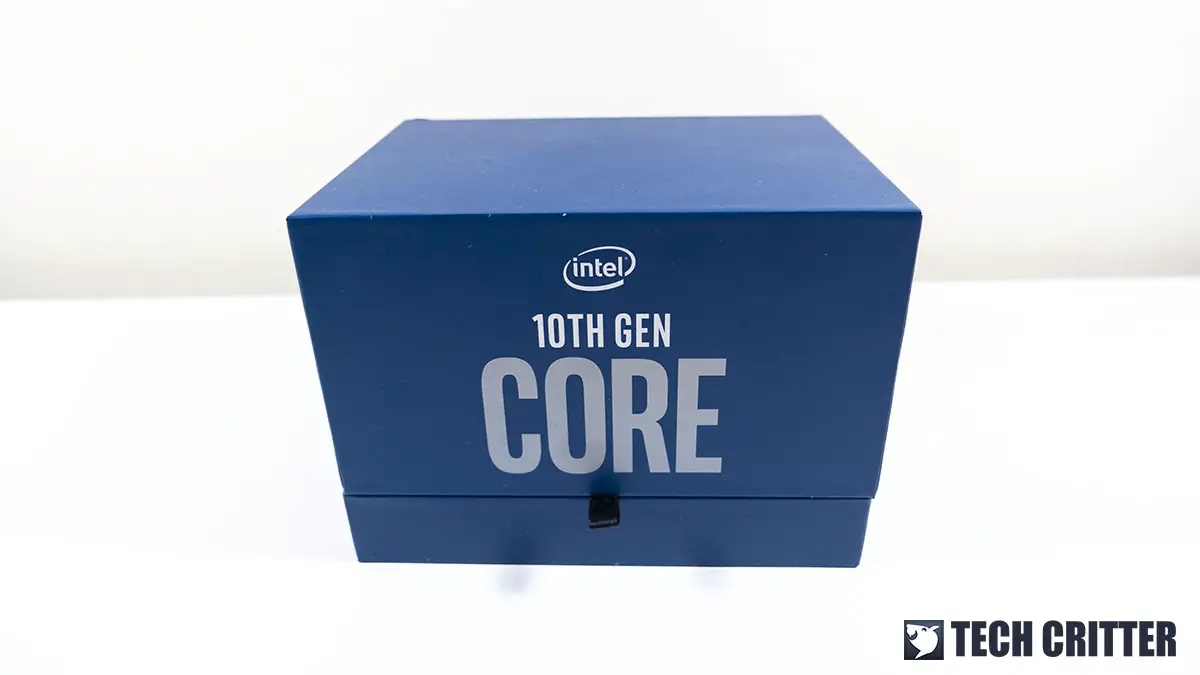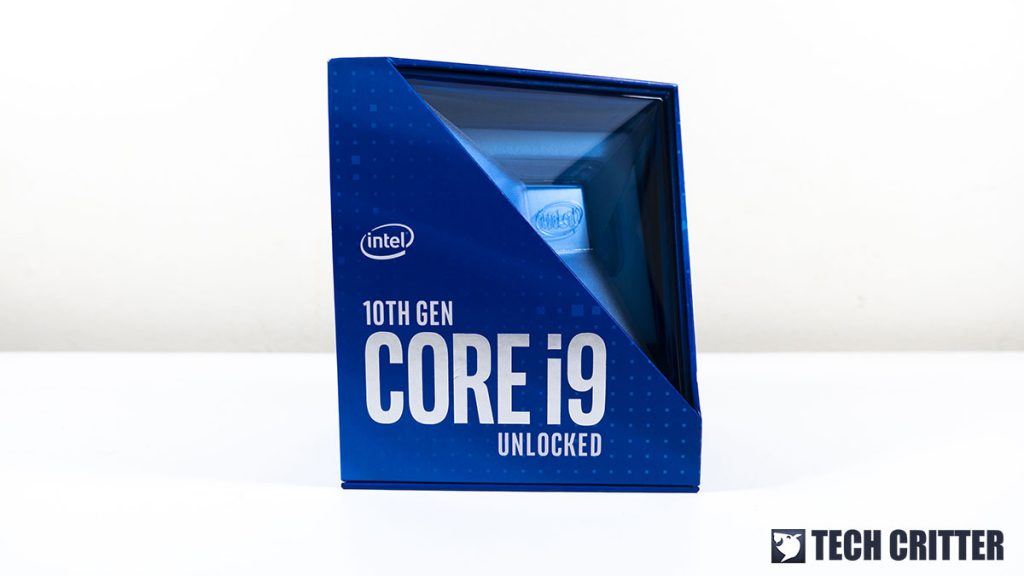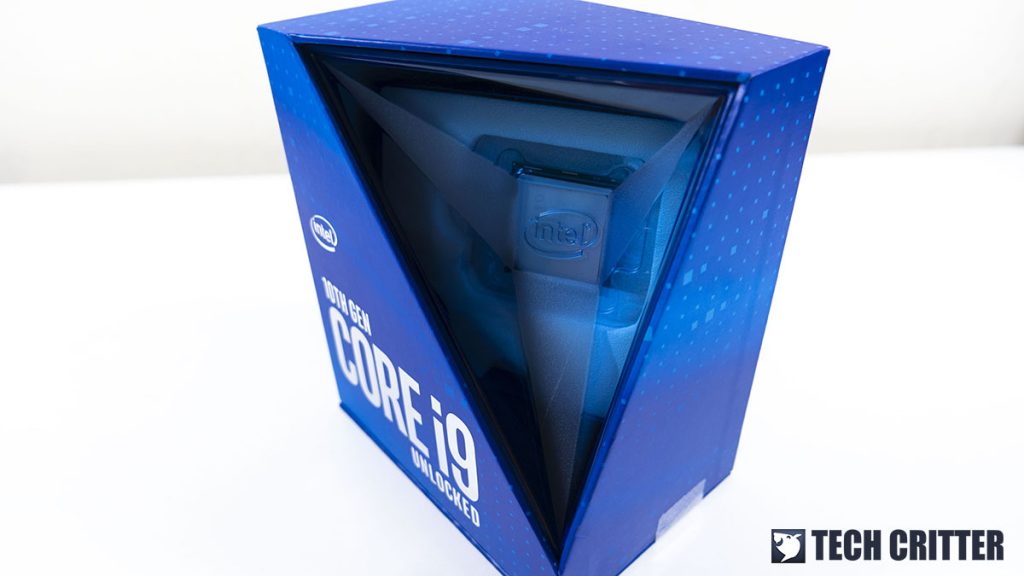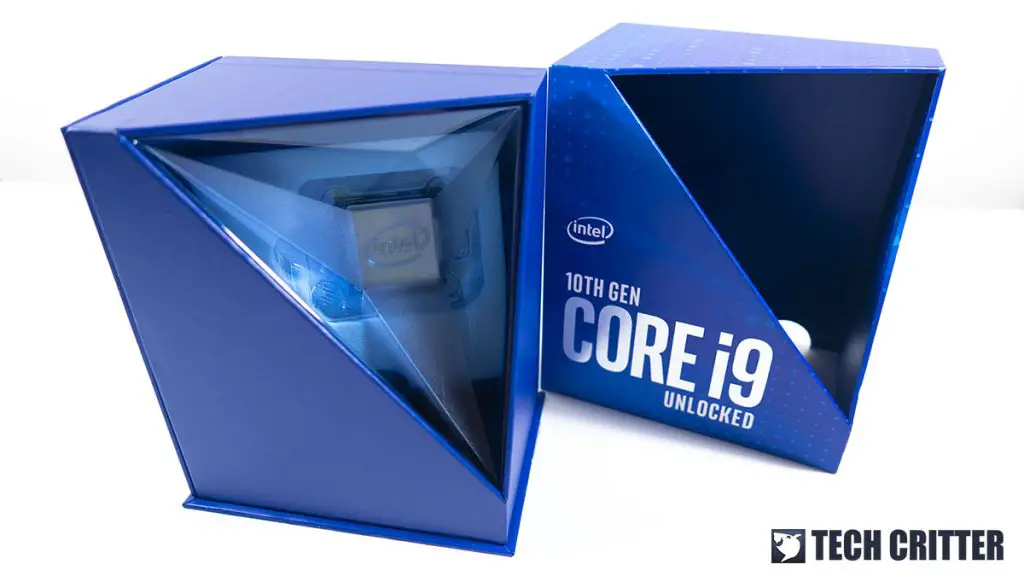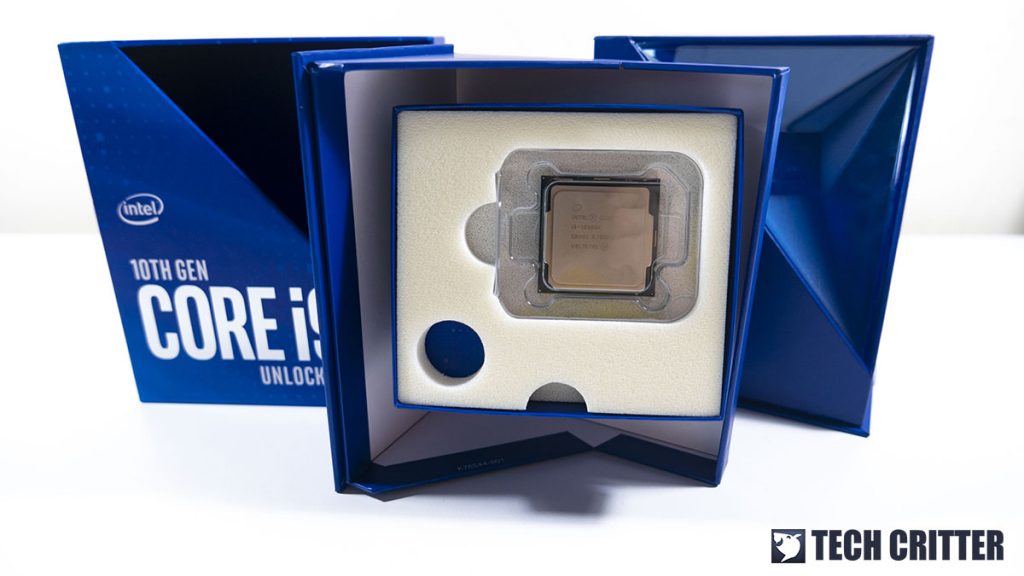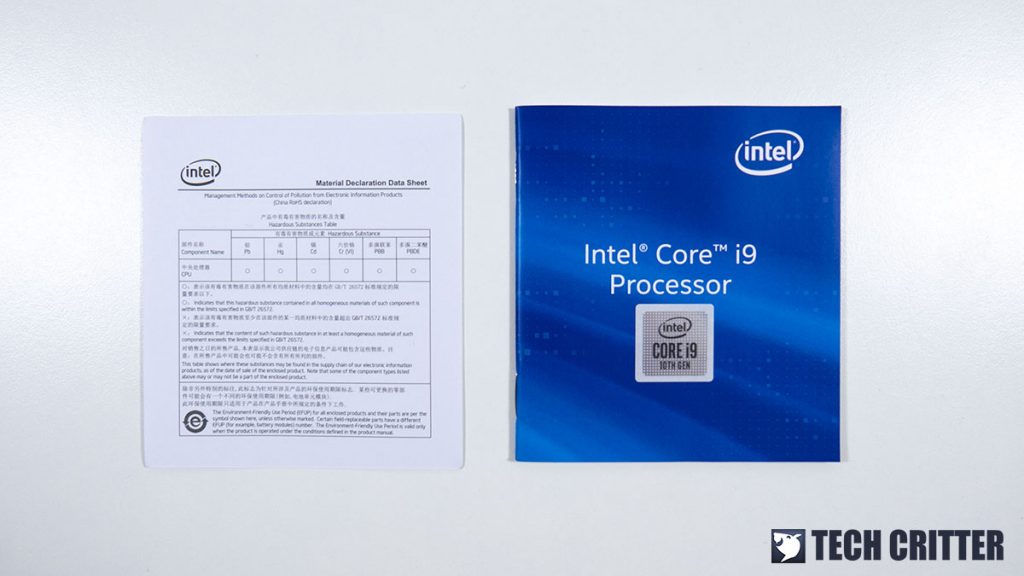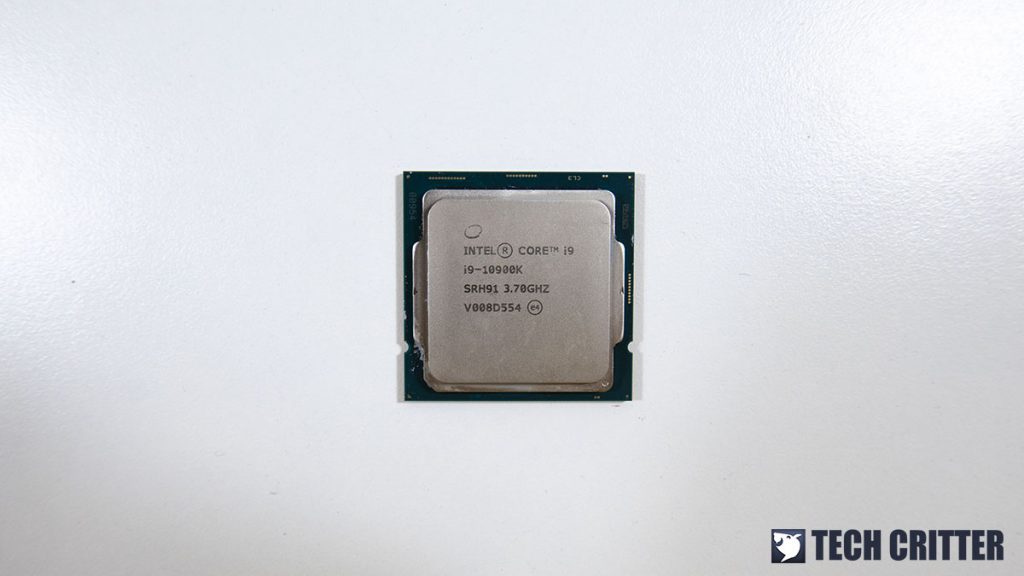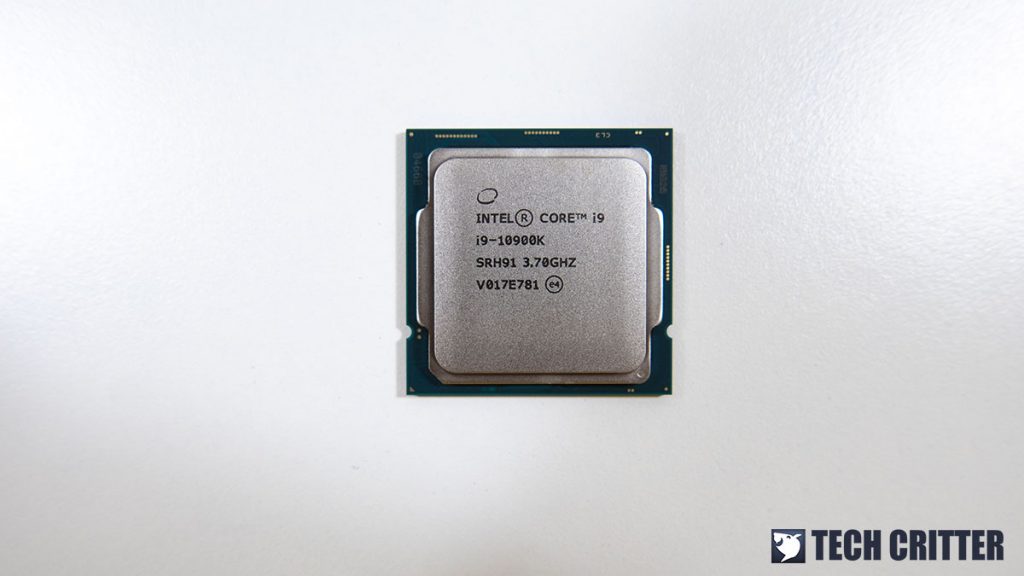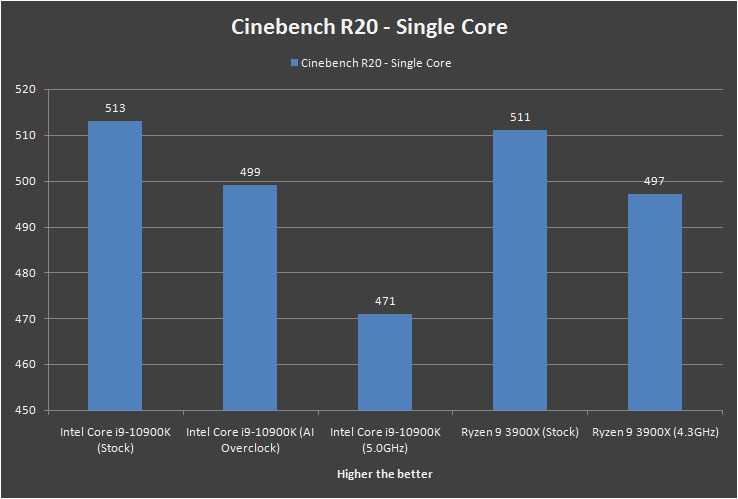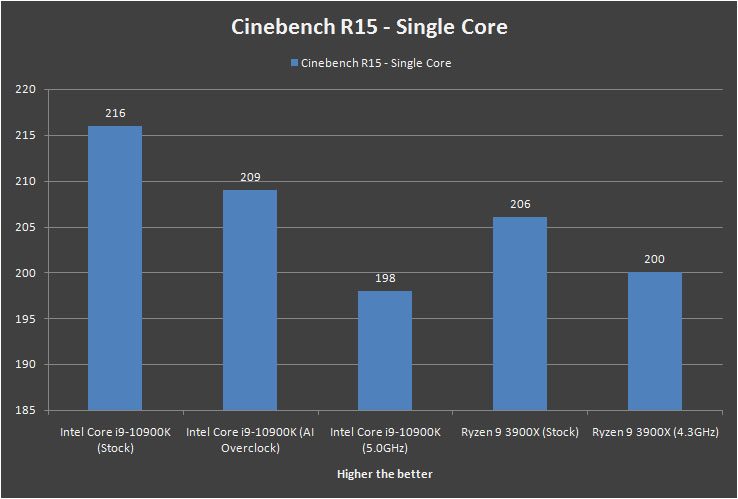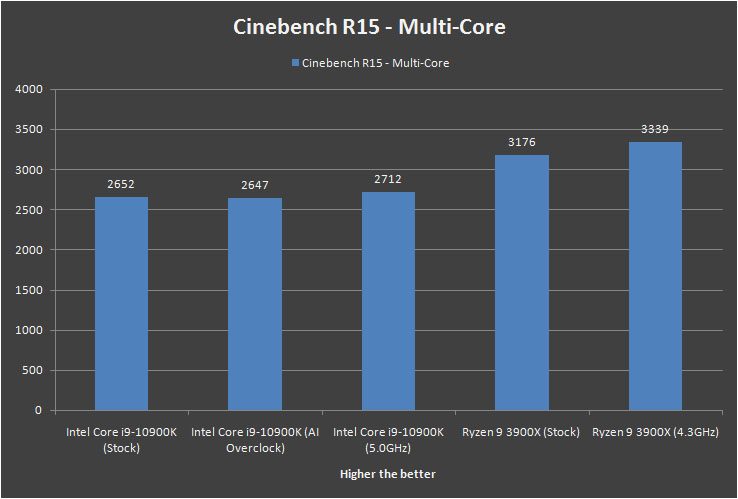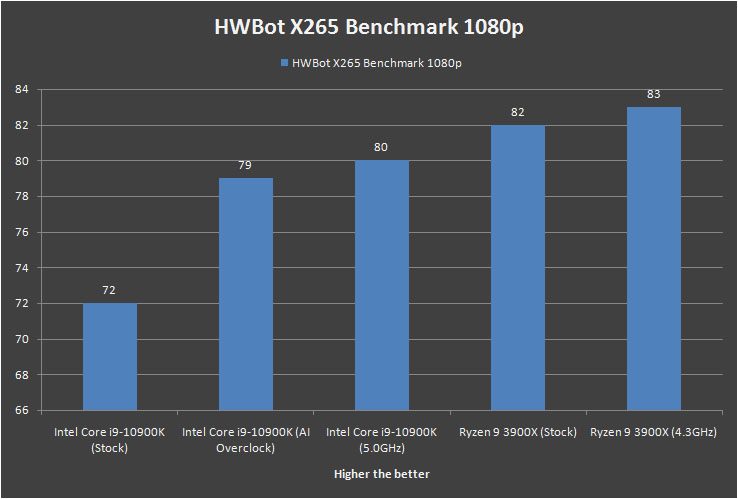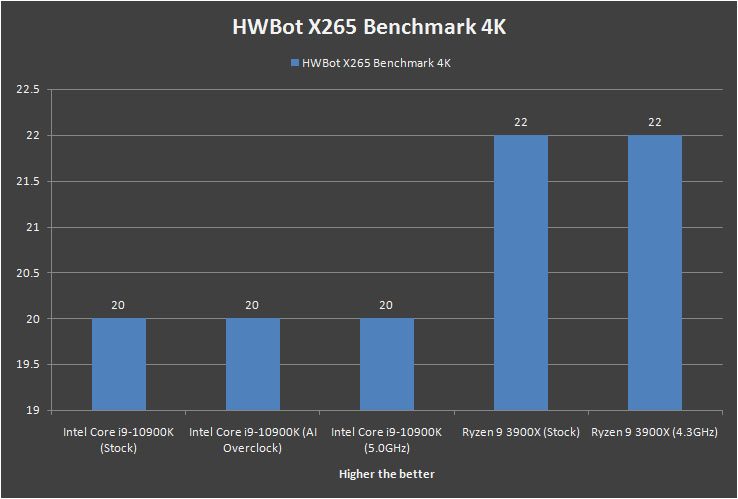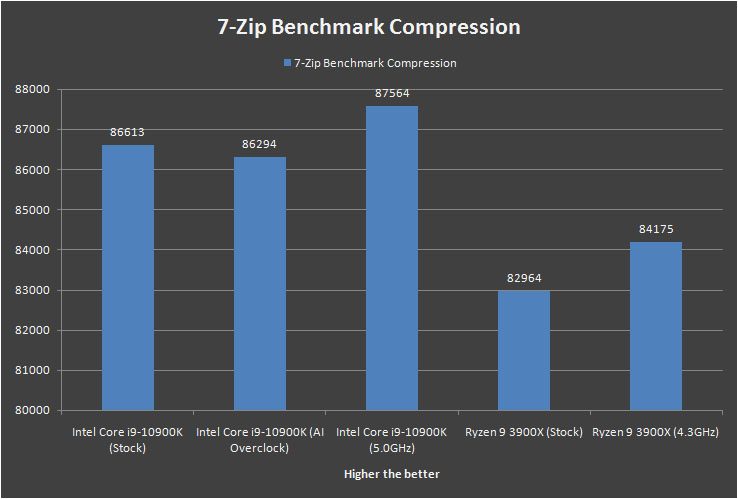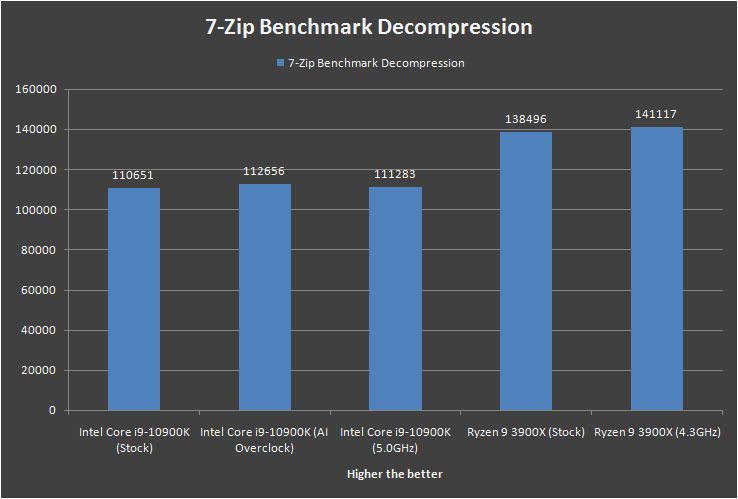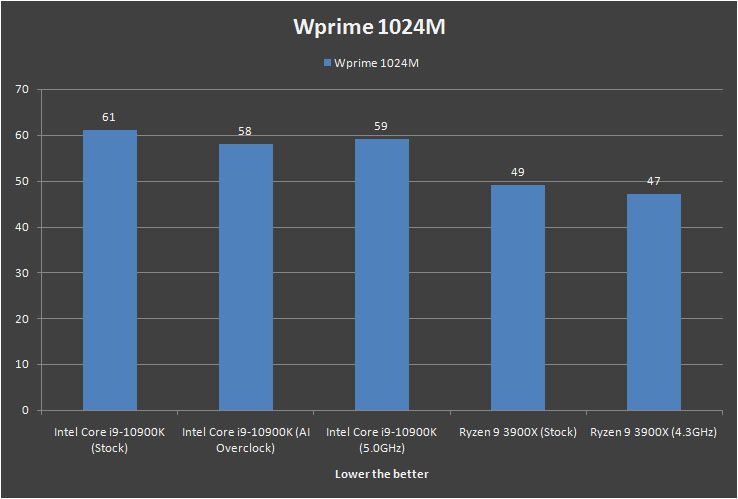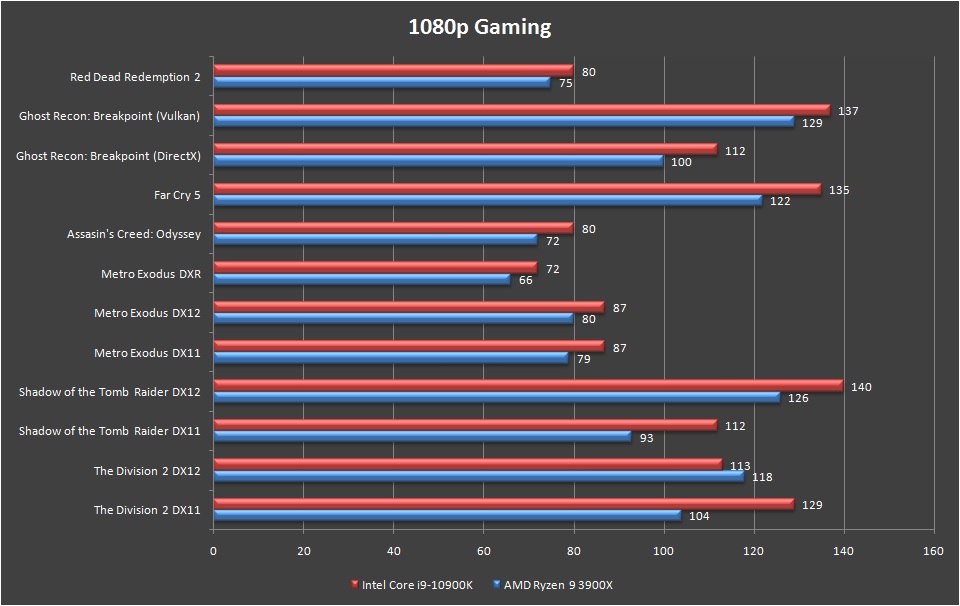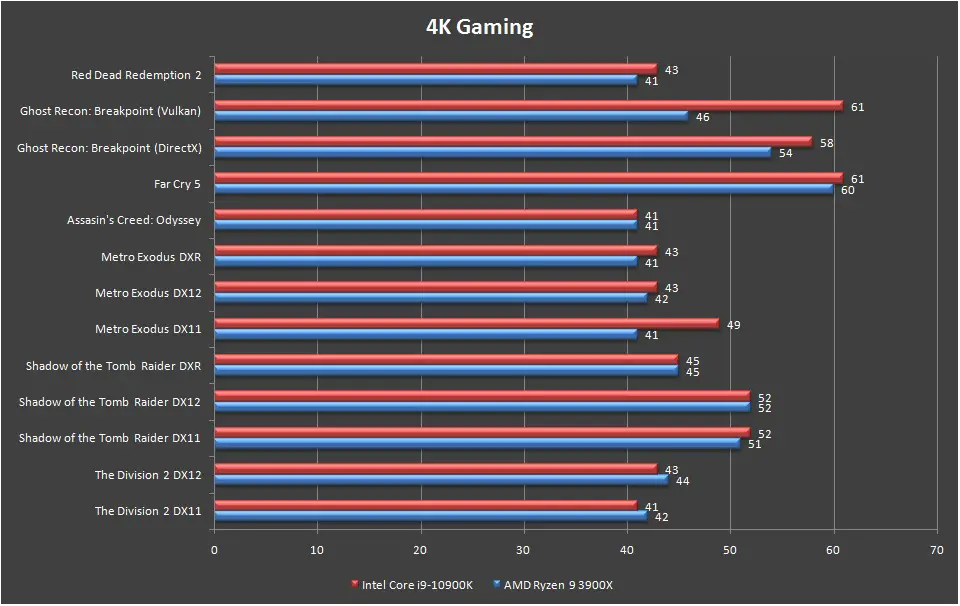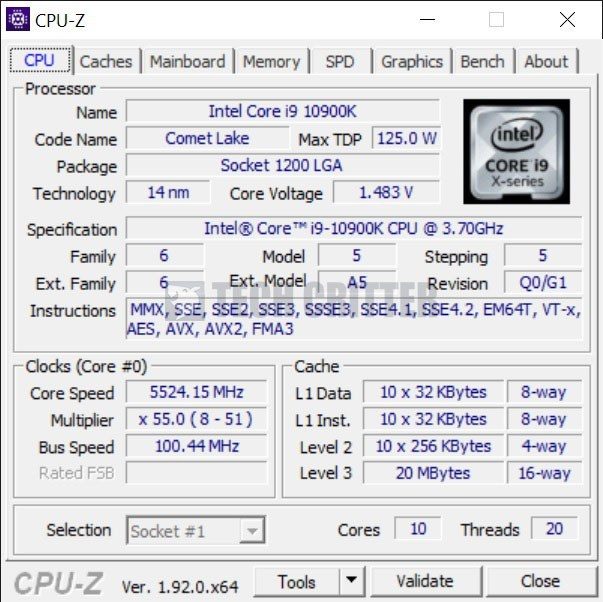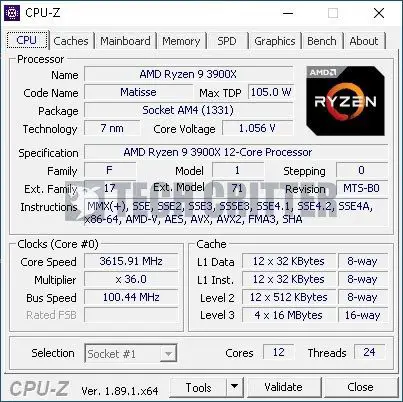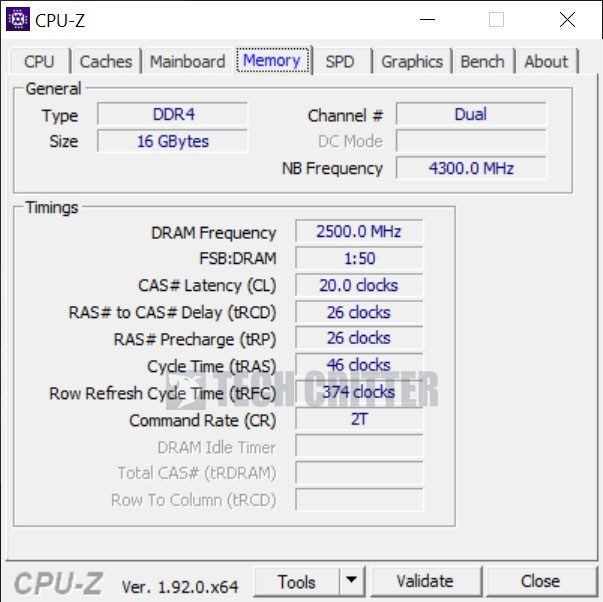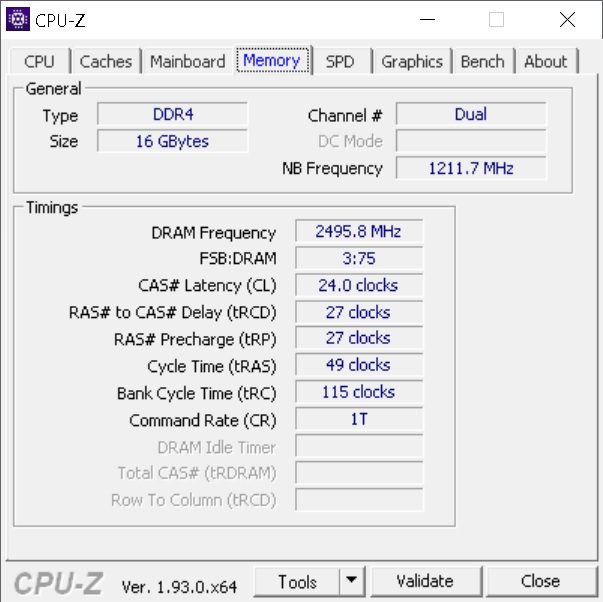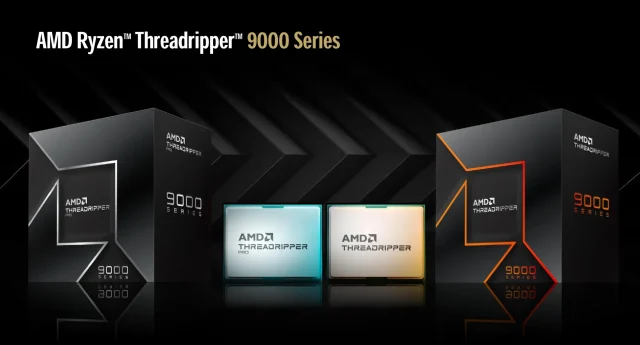In this article, we’ll be doing a performance review and comparison between the AMD Ryzen 9 3900X and Intel Core i9-10900K, something we’ve been wanting to do for quite a long time and yes, we’ve finally done it. As many of you are aware of, it’s been quite a while since Intel launched its 10th gen desktop CPUs but even until today, getting the Core i9-10900K is still as difficult as ever. Though, we have our thanks to Intel and a good friend of ours for providing us the Intel Core i9-10900K, making this performance review, showdown possible.
Specifications
| Intel Core i9-10900K | AMD Ryzen 9 3900X | |
| Cores / Threads | 10C/20T | 12C/24T |
| Base Clock / Max Boost | 3.7 / 5.2 GHz | 3.8 / 4.6GHz |
| Cache | 20MB L3 cache | 64MB L3 cache |
| Memory | Dual-channel, DDR4-2933 | Dual-channel, DDR4-3200 |
| Integrated Graphics | Yes, UHD Graphics 630 up to 1.2 GHz | Not Available |
| PCIe | 16 lanes, PCIe 3.0 | 24 lanes, PCIe 4.0 |
| TDP | 125W | 105W |
| Process | 14nm | 7nm |
| Socket | LGA 1200 | AM4 |
Unboxing
Starting off, we have two different types of the Core i9-10900K with us this time, the review kit provided by Intel and the retail unit for the sake of comparison. The review kit comes with two of Intel’s latest 10th gen processors, the Core i5-10600K, and the Core i9-10900K. We will leave the result for the Core i5-10600K aside for now and focus on what the Core i9-10900K are capable of.
The review kit is definitely something you won’t find out there in any of the retail stores and the content is totally different from what you’ll get from the actual retail unit of any of the Intel 10th gen processors. Inside the box, you’ll find only the new Intel 10th gen processors, a Core i9-10900K, and another one which seems to be varied by region – we have a Core i5-10600K in this kit, just so you know.
As for the retail unit, the Core i9-10900K is the only one that has specially made packaging of its own, similar to what we’ve seen on the Core i9-9900K back then. It doesn’t come as fancy as the flagship polyhedron shaped package like the Core i9-9900K but the design this time is much more practical, a proper box that doesn’t take up much space unnecessarily, and proper padded protection around the actual CPU.
All of the 10th gen processors now come with a new LGA1200 socket design that will only fit in the newer Z490, H470, and B460 motherboards, so don’t try to force it on any of the older Intel 300 series motherboards. There’s nothing to worry about the CPU coolers compatibility as the Intel 400 series motherboards will retain the same support for LGA115X coolers, meaning that your current CPU coolers for the LGA115X socket will be 100% compatible with the new Intel 400 series motherboards.
Test System Setup
| CPU | AMD Ryzen 9 3900X / Intel Core i9-10900K |
| Motherboard | MSI MEG X570 GODLIKE / Gigabyte B550i AORUS PRO AX / ASUS ROG Maximus XII Apex |
| Memory | TEAMGROUP T-FORCE XTREEM ARGB DDR4-3200 / G.SKILL Trident Z RGB DDR4-3200/ KLEVV BOLT XR DDR4-3600 |
| Graphics Card | NVIDIA GeForce RTX 2080 SUPER Founders Edition |
| Power Supply | Enermax MaxTytan 1250W |
| Primary Storage | Corsair Force Series Gen.4 PCIe MP600 2TB NVMe M.2 SSD |
| Secondary Storage | WD Black 6TB |
| CPU Cooler | Cooler MasterLiquid Master ML360R RGB |
| Chassis | Streacom Open Benchtable BC1 |
| Operating System | Windows 10 64bit |
Creative Workload Benchmark
Cinebench is a real-world cross-platform test suite that evaluates your computer’s hardware capabilities by taking advantage of multiple CPU cores and modern processor features. Looking at the numbers we have from both Cinebench R15 and Cinebench R20, we can see that the Ryzen 9 3900X has the advantage in multi-core task, which is understandable because of its higher cores and threads count as compared to the Core i9-10900K. Though, the Core i9-10900K is still better in terms of single-core performance despite having lesser cores count than the competing Ryzen 9 3900X.
As its name suggests, the HWBot X265 benchmark renders a video in 1080P or 4K resolution using the x265/HEVC encoder. It takes advantage of modern CPU instructions set and multi-threaded, which will put our CPUs to the test. Similar to what we’ve observed on the Cinebench test result, the Ryzen 9 3900X still has the advantage in multi-threaded tasks, which is pretty significant in default settings. The performance difference can be compensated with a slight overclocking to the Core i9-10900K, given that you have an adequate cooling solution on your system.
File Compression & Decompression Benchmark
For file compression and decompression benchmark, we did a simple test with the 7-zip built-in benchmark tool with both the Core i9-10900K and Ryzen 9 3900X. The Core i9-10900K did surprisingly well in the 7-zip compression benchmark, exceeding the Ryzen 9 3900X by quite a margin despite having lesser cores count. For the decompression benchmark, however, seems to favor the Ryzen 9 3900X with higher cores and threads count.
Synthetic CPU Benchmark
While it’s clear that multi-core and multi-threaded dependent tasks will favor CPU that has higher cores and threads count, the Wprime 1024M and SuperPi 32M gave us a better look at how both the Ryzen 9 3900X and Core i9-10900K behaves. The core i9-10900K as we can see from the results above, totally outperformed the Ryzen 9 3900X when it comes to single-core performance, which is much to our expectations. Of course, this also means that the Ryzen 9 3900X is still better than the Core i9-10900K in most of the multi-core and multi-threaded dependent tasks, due to its higher cores and threads count.
Games Benchmark
We’ve done the tests for 1080p, 1440p, and 4K to see how for game benchmarks with the GeForce RTX 2080 SUPER perform with the Ryzen 9 3900X and Core i9-10900K. Performance-wise, the Core i9-10900K performs better than the Ryzen 9 3900X by quite a margin in most of the games tested – with AMD platform optimized games as exceptions. Increasing the memory frequency will of course improve the overall performance for the Ryzen 9 3900X system but the same applies to the Core i9-10900K.
CPU Overclocking
Leaving the CPU overclocking options to default/auto, we can see that 5GHz is a piece of cake for Core i9-10900K as it can boost up to 5.2GHz (single-core) but that depends on the task you’re running. The highest the Ryzen 9 3900X can go is probably 4.6GHz on default settings and it doesn’t go any higher than that regardless of the cooling solution used.
Using the Cooler Master MasterLiquid ML360R with the radiator submerged in ice packs, we’re able to get the Core i9-10900K to 5.5GHz on all cores at 1.5V, which is able to complete most of the lightweight tests such as Wprime and SuperPi without any kind of performance throttle. We did the same for the Ryzen 9 3900X but we can only do 4.5GHz on all cores at 1.46V. Going 4.6GHz will require 1.58V, which we don’t recommend for 24/7 operation as it’s impractical even if you have a cooling solution that is capable of taming the Ryzen 9 3900X.
Memory Overclocking
Moving on to memory overclock, we must say that the result you can achieve is very dependent on the CPU, motherboard, and memory kit used. In this test, we’re using the ASUS ROG Maximus XII APEX for the Core i9-10900K, and MSI MEG X570 GODLIKE and Gigabyte B550i AORUS PRO AX for the Ryzen 9 3900X. For the memory kits, we’re using the TEAMGROUP T-FORCE XTREEM ARGB DDR4-3200, G.SKILL Trident Z RGB DDR4-3200, and KLEVV BOLT XR DDR4-3600.
Some extra adjustments are required on the sub timings and we managed to achieve DDR4-5000 on both platforms by the end of the test. This is pretty much to be expected for the Core i9-10900K as this has always been the strong point for Intel, but we cannot deny that AMD has come a long way since the first Ryzen CPU release.
Final Thoughts
While the Core i9-10900K still leads the single-core performance by a significant margin, we cannot deny the fact that more games, software, and applications nowadays are slowing taking the advantage of the higher cores and threads count on the modern days CPUs. The Intel CPU will still outperform the Ryzen 9 3900X in most of the older and newer AAA titles as long as it prioritizes single-core performance more but we might see that advantage fades if more of the future AAA titles will start harnessing the extra cores and threads for better performance.
As both Ryzen 9 3900X and Core i9-10900K comes at a rather high price point, the more affordable Core i7-10700K and Core i5-10600K from Intel or Ryzen 7 3700X and Ryzen 5 3600X seems to be a more reasonable choice for gamers who wants the best bang for the buck in terms of value. If you’re more in favor of the pricier high-end offering, you might want to invest in a better quality power supply that can deliver the power required efficiently, as both Ryzen 9 3900X and Core i9-10900K can easily draw 220W or more when the system is on full load. Pairing it with high-end graphics cards like the recently released RTX 3080 and RTX 3090 that can easily draw more than 300W… Well, you can easily do that math for that.
Is the Core i9-10900K worth the investment? Well, it depends on what purpose you have for it. Gamers might want to look into the more affordable Core i7-10700K and Core i5-10600K or Ryzen 7 3700X and Ryzen 5 3600X due to the higher price point, although it’s still an option available for those who want the very best for their system. Enthusiasts who are looking for the overclocking fun will find the value in it, especially those who hunt for high SP value but that’s probably something insignificant to a lot of people.


